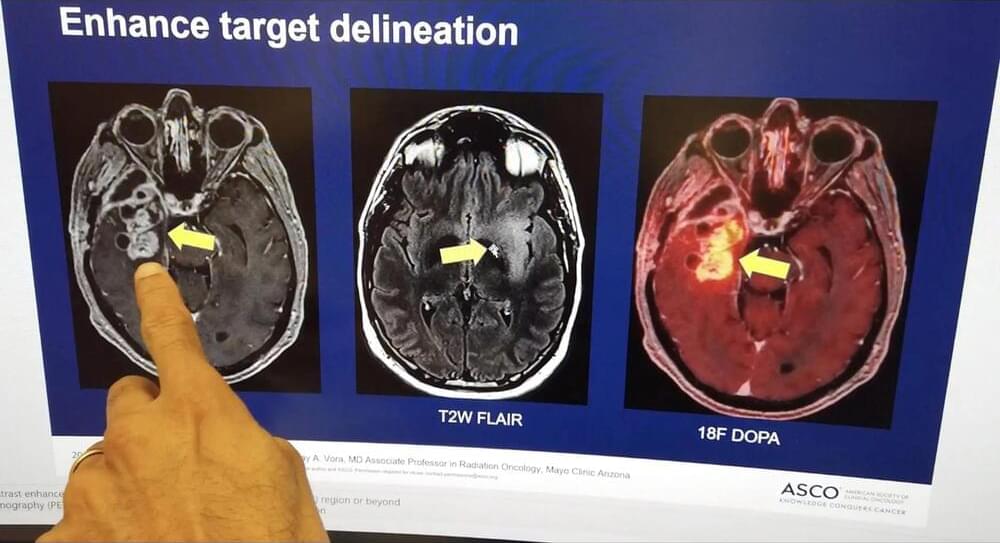Dec 18, 2024
SpaceX’s Starship Flight 7 test flight gets FAA launch license. But when will it fly?
Posted by Kelvin Dafiaghor in category: space travel
SpaceX’s next Starship megarocket now has a license to fly.
The U.S. Federal Aviation Administration (FAA) on Tuesday (Dec. 17) issued a launch license for SpaceX’s upcoming Starship Flight 7 test flight, clearing the way for the company’s next launch of the world’s largest rocket from South Texas. The launch license comes on the heels of several Starship engine tests by SpaceX to check the flight readiness of its seventh Ship spacecraft and Super Heavy rocket booster.


















